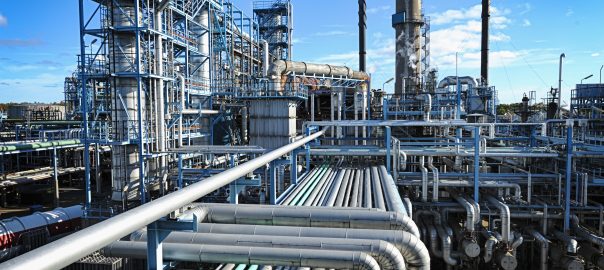While electricity tends to be seen as number one in terms of energy use, gas makes up 22% of the world’s energy needs and it’s growing. Many countries are transferring from coal to gas power stations resulting in reductions in CO2 emissions, methane leakage however is still a problem, which is far from climate friendly. 40% of the UK’s electricity actually comes from gas, and 83% of its homes are heated by gas. The trend is likely to continue globally with China’s future gas demand forecast to grow by 60% in future. This means better infrastructure and demand forecasts are needed
Gas clearly plays a major role in making the low-carbon transition a reality, especially since it’s not only natural gas we’re talking about here – it’s also methane (biogas), hydrogen and other cleaner alternatives. The gas network itself is also an immense infrastructure that could be used to store energy as well as distribute it. But to do this efficiently you need to make accurate forecasts, which can be challenging if you’re a network operator and you don’t know how much gas they will need to satisfy demand.
Now to predict gas demand in the most accurate way possible requires robust algorithms and mathematicians, particularly statisticians, are well placed to put them to use for industry. Therefore demand forecasting stands to benefit from their expertise and a unique project working with Northern Gas Networks (NGN) has demonstrated how Bayesian statistics is used to make more accurate gas demand forecasts.
Gas distribution networks like NGN are required by the regulator Ofgem to forecast gas demand on an hourly basis. These forecasts need to be accurate to maintain the gas network in the most efficient way possible. NGN worked with Bayesian statisticians from the School of Maths, Stats and Physics and the Industrial Statistics Research Unit to develop a statistical tool to make more accurate forecasts at multiple time scales, including bank holidays.
In this article for Network magazine we explain how using Bayesian statistics results in more accurate gas demand forecasts and balances gas supply and demand in the network. The long-term gas forecasting tool accounts for fluctuations in demand including effects of seasons and time of day. What’s more is that the same techniques could be used for the operations of other utilities such as water or electricity.
Our article published in the February edition is on p.27 ‘Counting on gas’, freely available on Network’s website.
